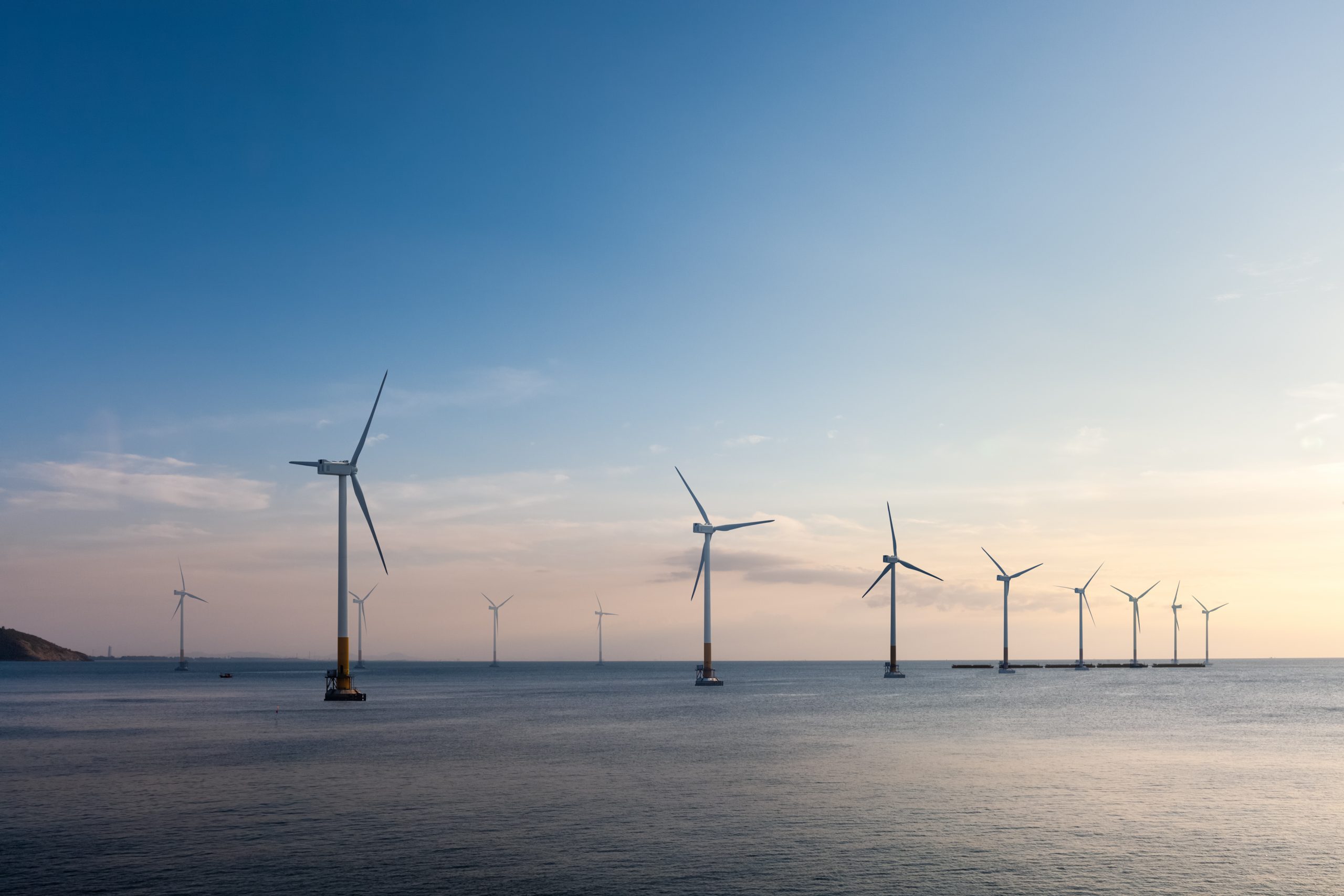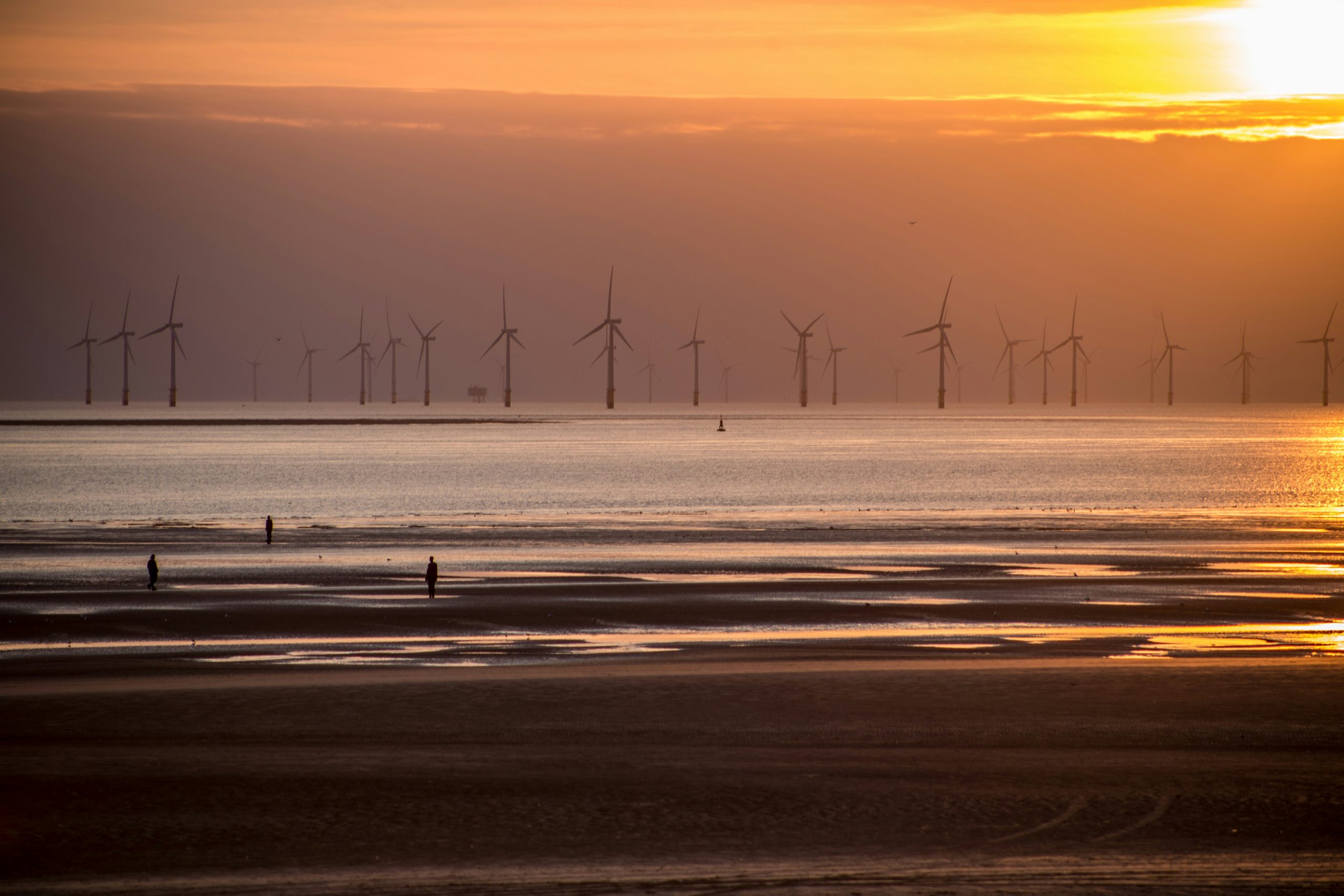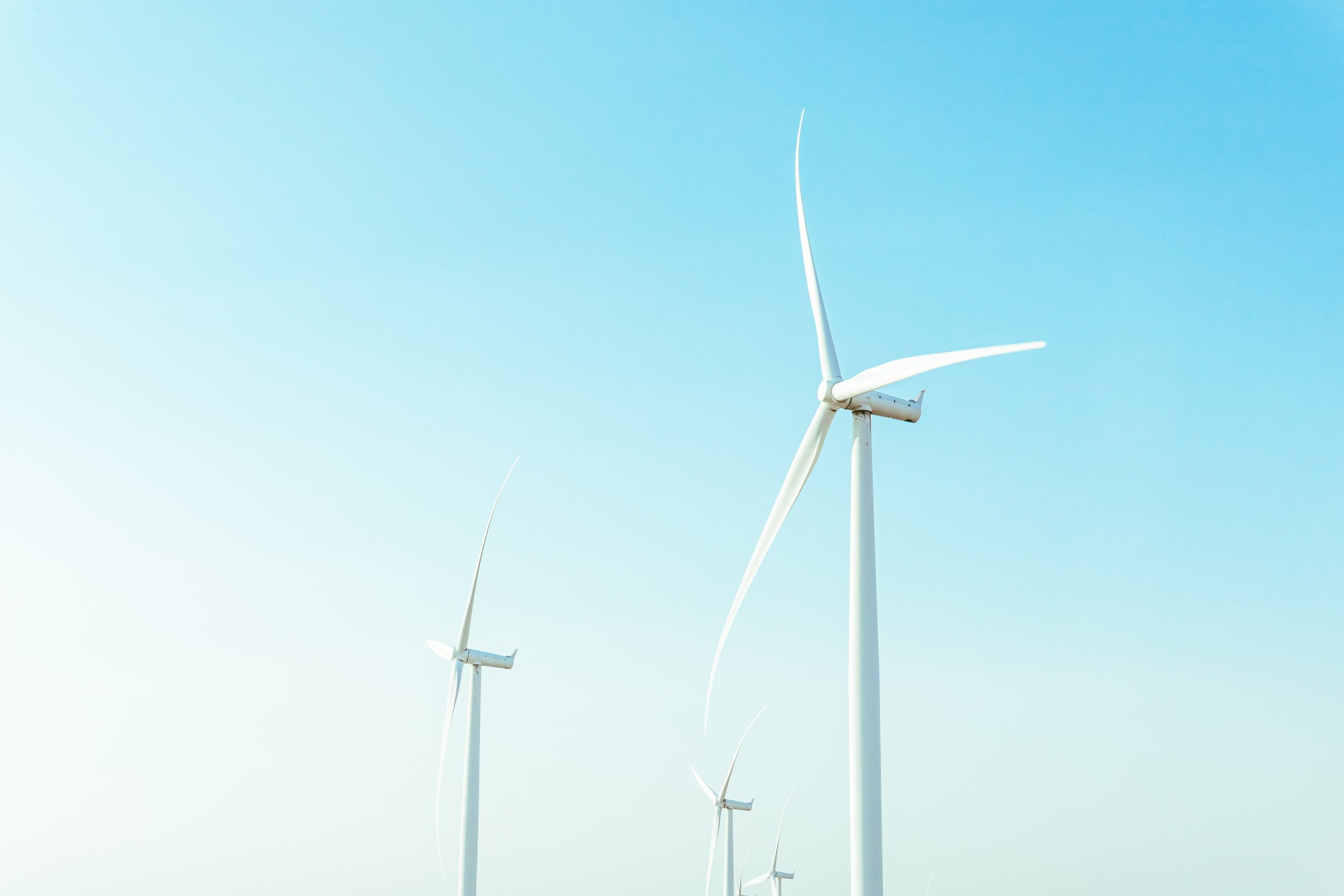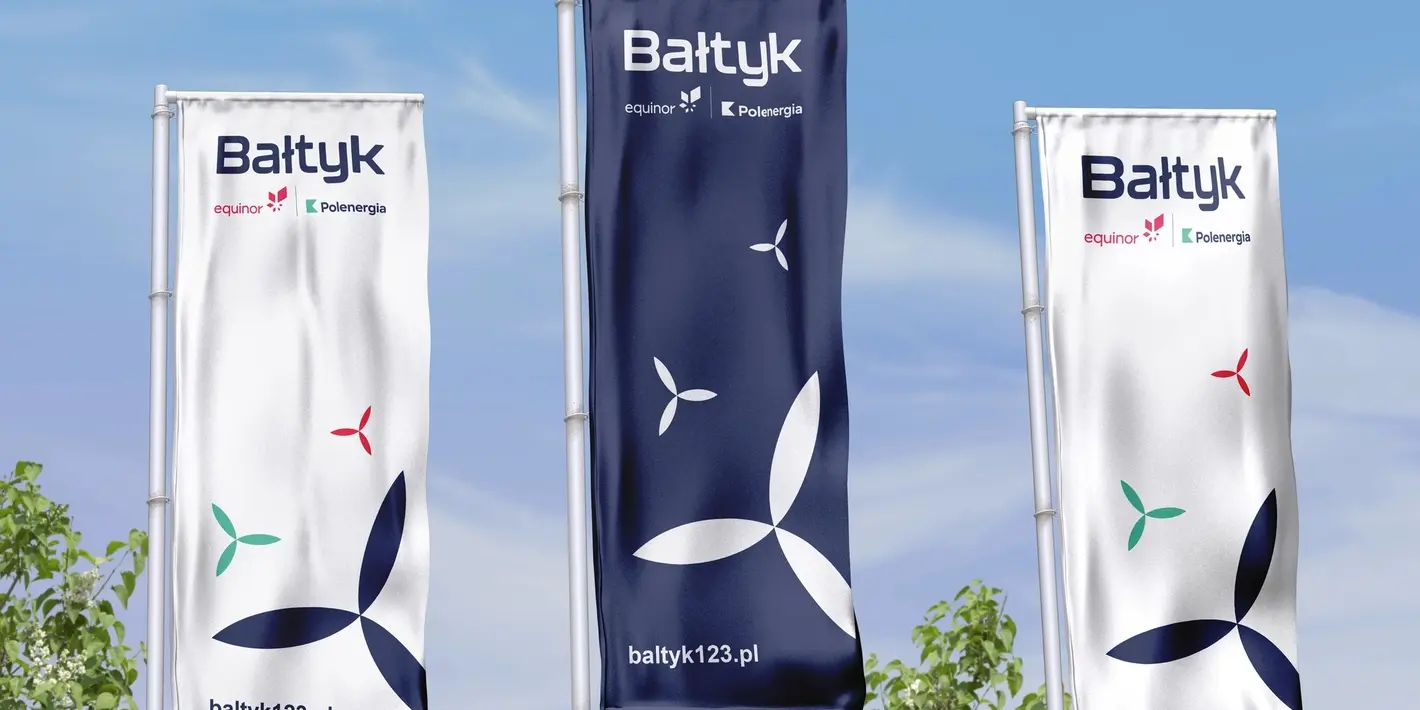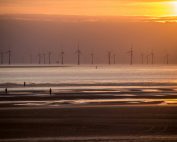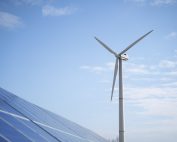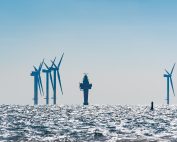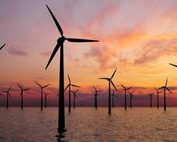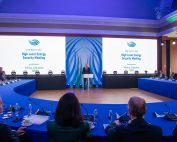The potential of offshore wind as a viable source of clean power for the energy transition is indisputable. Investment in the sector is growing rapidly around the world, the power capacity of installations is ramping up, and technological innovations are proliferating – from multi-purpose windfarms and floating installations to next-generation connectivity and drone-based maintenance. Developers and their insurers need to manage a range of risks to successfully scale offshore wind globally, among them prototypical technology, economic pressures, more extreme weather conditions, cable damage, and collision perils, as well as environmental concerns.
In its new report, A turning point for offshore wind, Allianz Commercial, as a leading insurer of renewable energy and low-carbon technology solutions, highlights growth opportunities, tech innovations, risk trends, and loss patterns for the offshore wind industry as the sector prepares for global growth.
“Offshore wind farms are highly complex projects,” says Anthony Vassallo, Global Head of Natural Resources, Allianz Commercial. “The lessons learned from past losses – which are primarily damage to cables and turbines – are essential for the industry to continue to grow sustainably. Emerging risks need to be explored, too, as developers prepare for widescale deployment of offshore wind around the globe. The size of turbines is ever increasing, wind farms are moving further out into harsher marine environments where they are more exposed to extreme weather, and technological innovation is constantly progressing. Navigating biodiversity issues in coastal communities will also become more important as demand for ocean space is set to increase fivefold by 2050.”
China has overtaken Europe as biggest market
More than 99% of the total global offshore wind installation is in Europe and Asia-Pacific today, but the US is investing heavily in this sector and China has overtaken Europe as the world’s biggest market, with half of the world’s offshore wind installations in 2023 expected to be in the country. In 2022, 8.8GW of new offshore wind capacity was added to the grid with global installed capacity reaching 64.3GW. Around 380GW of offshore capacity is expected to be added across 32 markets over the next 10 years, according to the Global Wind Energy Council.
While growth ambitions are huge, all is not plain sailing for developers, according to the report. Spiraling costs have halted major wind projects recently and the industry is impacted by inflation, capital expenses, rising interest rates, and geopolitical instability. The cost of materials and vessel hire have risen, while the supply of materials and access to contractors remains challenging. Supply chain bottlenecks, lengthy permitting procedures and delays to grid connections are also exerting pressure.
“The scale and scope of the global offshore wind roll-out is epic. It requires the expansion of manufacturing footprint, port facilities, and infrastructure. And it needs to be fast-tracked by all stakeholders in a joint effort – financial institutions, corporates, and governments,” says Adam Reed, Global Leader Offshore Renewables and Upstream Energy, Allianz Commercial.
Cables top cause of claims
Both the energy sector and the insurance industry have considerable expertise when it comes to managing the perils of offshore wind activities. In one of its largest offshore wind insurance markets, Germany and Central Eastern Europe, Allianz Commercial has seen 53% of offshore wind claims by value from 2014 to 2020 relate to cable damage, followed by turbine failure as the second major cause (20%). From the loss of entire cables during transport to the bending of cables during installation, cable losses have incurred multi-million-dollar losses in offshore wind as cable failure can potentially put a whole network of turbines out of commission.
“Cable risk is critical and therefore the quality of service is vital. Contractors need to provide assurance they have the required expertise to remedy incidents and that they can source replacement components quickly in order to contain losses incurred during downtime,” explains Reed. “From an underwriting perspective, with subsea cabling work insurers pay close attention to the type of cabling used, the kind of vessels involved, the communication between client and contractor, and how often qualified risk engineers will make site visits to oversee proceedings.”
Tech innovations breaking the mold
The sector has to carefully manage the deployment of emerging technologies at scale. Novel approaches include so-called ‘energy islands’ which share power between grids and nations and multi-purpose wind farms that produce green hydrogen or house battery storage facilities. Pilot projects such as the Offshore Logistics Drones from German utility company EnBW explore the deployment of drones for the maintenance and repairs of turbines, reducing the reliance on helicopters and humans. While most offshore wind power is currently ‘fixed-bottom’, the development of leading-edge floating wind technologies in deeper ocean waters is poised for commercialization.
Managing the increasing size of wind turbines is another key challenge. In the last 20 years they have nearly quadrupled in height – from around 70m to 260m – almost three times taller than the Statue of Liberty in New York. Rotor diameters have increased fivefold in the past 30 years. Wind turbines with capacities of 8 or 9MW are common, but newer models reach 14 to 18MW with a wind farm project in Australia recently announcing plans to use 20MW turbines.
“With new technological approaches and an increase in turbine size comes a corresponding increase in risk. We are closely monitoring the many innovations in the offshore wind industry which include prototypical technologies, pilot projects, and evolving standardization. These new and unproven technologies often come with a lack of technical maturity and data available. By partnering with clients in the early stages of projects, and exchanging knowledge and learnings, all parties will gain a greater understanding of the exposures involved,” says Dr Wei Zhang, Senior Risk Consultant, Natural Resources, Allianz Commercial.
Availability of specialist vessels and collision incidents also pose challenges
Another pressing problem identified in the report is the availability of specialist vessels. A bigger fleet globally is needed that goes beyond Europe as a current primary location including installation, jack-up and support vessels. Meanwhile, vessel collision with turbines and offshore infrastructure can also result in significant losses, with an uptick in incidents seen in recent years, the report also notes. Although, to date, these have typically involved smaller vessels, often as a result of human error, there have also been a number of incidents involving larger vessels, an increasing concern given 2,500 wind turbines are due to be installed in the North Sea alone before 2030.
Navigating harsher environments
Although the offshore sector in Europe has significant expertise in managing operations in hazardous marine environments, as it expands around the world, there will be new developments further from shore in territories prone to different types of weather conditions and natural catastrophes. “On the East Coast of the United States or Taiwan, for example, wind speeds and wave action will be much more significant. It remains to be seen whether climate change will heighten the risk, as rising sea surface temperatures can intensify the strength of hurricanes,” explains Reed.
Despite its invaluable contribution to the net-zero transition, the offshore wind industry needs to be mindful of responsible development and environmental stewardship, the Allianz report points out. This includes managing its impact on biodiversity and marine wildlife or the sourcing of required raw materials such as rare earth elements or lithium.
Allianz is supporting some of the most exciting offshore developments, whether as an investor or insurer. In its recently launched Net-Zero Transition Plan, Allianz Commercial committed to a revenue growth of 150% for renewable energy and low-carbon technology by 2030. In addition, Allianz committed to €20 billion in additional investments for climate and clean-tech solutions. As an investor, the company is contributing to about 100 wind farm and green energy projects such as Hollandse Kust Zuid in the Netherlands, He Dreiht (Germany), or NeuConnect (UK/Germany). Allianz Commercial provides insurance coverage solutions across all stages of offshore wind development, construction and operations and is the insurer of many developments, among them Revolution Wind (US), Dogger Bank Wind Farm (UK), NeuConnect (UK/Germany) and Jeonnam 1 (South Korea).
Source: Allianz
